What Might a 2016 Seattle Mariners Roster Look Like?
Tuesday, October 27, 2015
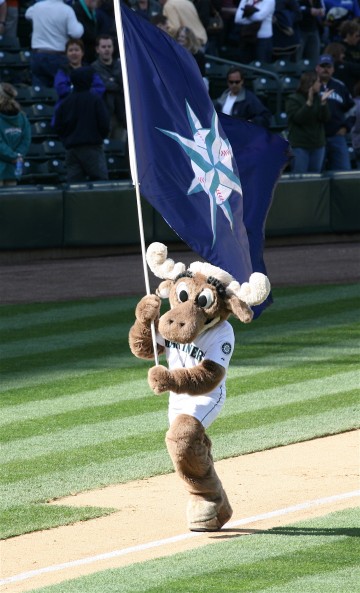
Here’s a look at what next season’s roster might look like, could look like, and should look like if ownership is willing to spend.
Catcher
2015 saw many struggles for young catcher Mike Zunino, as he hit well below the Mendoza line (.174) and struck out at a mind boggling 34.2% of the time. In late September, the Mariners sent Zunino to the instructional league to work on his approach at the plate, with an emphasis on making contact more often. With obvious raw power, if Zunino could even manage .220 or .230 with an on base in the low .300’s (he was .230 in 2015), he could be a major asset behind the plate. That’s if.
He’s considered one of the better pitch framers and seems to handle the staff well for someone who will only be 25 in spring training. And, he does not reach free agency until 2020. It’s probably wise, given the upside and also the club friendly contract (Zunino made $524K last year) to stay the course and hope for a break through next season.
But for insurance purposes, the Mariners might consider signing a veteran free agent catcher to a one or two year deal. The problem is, that with the exception of 39 year old A.J. Perzynski, who may end up retiring, most of the available catchers are fairly young and fairly talented. Matt Wieters is almost guaranteed to get a five or six year deal and the Dioner Navaro, Alex Avila, Chris Ianetta, Geovany Soto types might also command three or four year deals.
Catcher may end up being one of the trickier pieces to the 2016 puzzle for new GM, Jerry Dipoto
First Base
You know the old adage, “If you have two quarterbacks, you don’t have a quarterback?” That may be the case for the Mariners at 1B. Between Logan Morrison, Mark Trumbo, and Jesus Montero, the Mariners don’t really have a first base man.
Morrison hit .225/.302/.383 in 511 PA, with subpar to poor defense, on his way to a -0.2 WAR.
Trumbo, between Arizona and Seattle, hit a decent .263/.310/.449 with 22 HR, but struck out 24.2% of the time. He’d be Ok if he could just DH, but ideally the M’s would like to get Nelson Cruz out of RF (also a major defensive liability) and slotted in at DH much more often. Trumbo gave up about one game (9.7 runs) as a fielder and managed only a 1.1 WAR for the season.
And then there’s Montero, who struck out 27.5% of the time and managed to cost the Mariners 4.2 runs in just 38 games.
The top free agent at 1B is clearly Chris Davis of the Baltimore Orioles. Davis bounced back from an abysmal 2014 campaign to hit .262/.361/.552 with 47 HR, 100 R, and 117 RBI. Yes, he strikes out too much (31% for his career), but he does get on base (.370 in 2013 - .361 in 2015 - .330 lifetime). And, he’s no worse defensively than the current Mariners triumvirate. But at 29, he’s going to probably want a 7 to 10 year deal, way north of $100M, which would be the third such contract on the Mariners books. Not likely.
The Toronto Blue Jays are going to pick up Edwin Encarnacion’s $10M option, a no brainer at that price. The Milwaukee Brewers should definitely pick up Adam Lind’s $8M option. That leaves the likes of Mike Napoli and Mark Reynolds, who may not be any better than Mark Trumbo.
So at first, the options seem to be to spend big or stand pat. Given the good options in the OF in free agency, the Mariners will probably stand pat.
Robinson Cano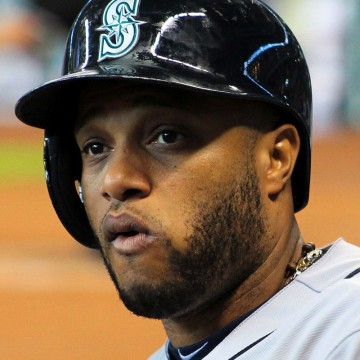
For better or worse, the Mariners are set at second. Robinson Cano is signed through 2023, his age 40 season, and is owed $192M. After a dismal first half, Cano showed signs of his old self in the second half. He underwent surgery for a double sports hernia on October 13th and Mariners fans have to believe such an injury contributed greatly to his reduced production.
Shortstop
After constantly juggling Brad Miller and Chris Taylor at short, the Mariners may have found a shortstop in 22 year old Ketel Marte. In 247 PA over 57 games, Marte put up an impressive slash line of .283/.351/.402 with 8 steals. While he clearly lacks pop, he’s consistently gotten on base in the minors, has decent speed, and good defense.
The clear prize in free agency, who can probably be signed below his market value, given the poor season, is Ian Desmond, formerly of the Washington Nationals. After three consecutive +4 WAR seasons, Desmond struggled with a .233/.290/.384 slash line and a 1.7 WAR. Expect a bounce back with a change of scenery.
The question for the Mariners is whether to chase a proven commodity in Desmond, or to go the cheaper, in-house route, and give Marte the reigns for a full season to see what they have.
Third Base
Third base is another position where the Mariners are set for the foreseeable future. Kyle Seager is signed through 2021, having just finished the first year of his seven year $100M contract. The past four seasons, Seager has generated 3.6, 4.0, 5.5, and 3.9 WAR. At 28 on opening day next season, Seager is arguably the best investment the M’s have on the books.
Designated Hitter
Nelson Cruz was one of the few bright spots for the Mariners in 2015. His season at the plate was almost Ruthian or Bondsian. He hit .302/.369/.566 with 44 HR, 90 R, and 93 RBI for a weighted runs created plus (wRC+) of 158, or 58% better than league average.
But, Cruz needs to stay out of the outfield, as he cost the team 17.6 runs, or almost two full wins. His 4.8 WAR would have been in the mid 6’s if he had just stuck to hitting, which is what he needs to do in 2016.
Outfield
The outfield, along with the bullpen, is an area that could use a complete overhaul. Hopefully under Dipoto, the endless experiments of moving weak hitting infielders to the outfield will end and an emphasis will be made on defense, given the expanse of Safeco Field.
Yoenis Cespedes and Justin Upton are the cream of the free agent crop in left.
Anyone who has been watching the New York Mets during the playoffs knows that Cespedes has a cannon for an arm. With both the Boston Red Sox and the Mets, he hit .291/.328/.542, with 35 HR, 101 R, and 105 RBI. He’s listed at 30 years old, which may or may not be 100% accurate. Coming off a four year $38M contract, he should command big numbers this offseason.
Justin Upton just turned 28 and is finishing up a six year $51.2M contract. His lifetime .352 OBP is enticing, even with slightly below average defense.
In center, assuming the Mariners don’t want to re-court Austin Jackson, Denard Span could be a nice little bargain, coming off a season in which he only played in 61 games for the Nationals. A very disciplined hitter, Span sports a .352 lifetime OBP and whiffs at a meagre 11.4% rate. His previous five year contract was for just a little over $3M per, and a similar contract for the M’s could go a long way to signing at least one premium free agent.
Jason Heyward, at 26, is the prize in right field, but presumably he’d want to stay in Sr. Louis. Still the Mariners should at least kick the tires. He’s a plus defender, and while he hasn’t developed the power many projected, he gets on base (.353 lifetime) and makes contact (14.8% strikeout rate last season).
Look for at least two, if not three new faces in the outfield for 2016.
David Price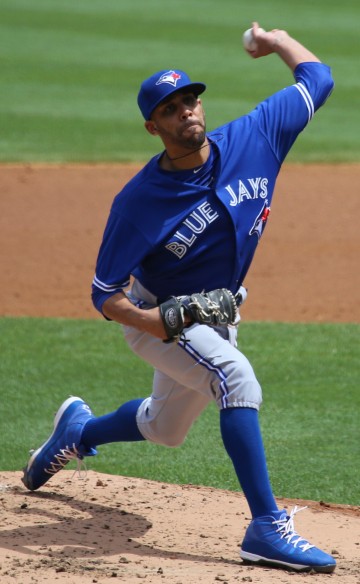
New GM, Jerry Dipoto, has made it clear that re-signing Hisashi Iwakuma is a top priority. But with Iwakuma at 35, coming off an injury plagued season in which he started only 20 games, the Mariners might want to look to free agency to shore up the rotation.
Zach Grienke is the gem that might make the New York Yankees fall off the spending wagon once again. Grienke is going to get somewhere in the neighborhood of $30M a year, and that pretty much means he’ll be pitching in New York, Los Angeles, or Boston.
David Price and Johnny Cueto round out the second tier. Given their struggles in the post-season, it will be interesting to see if their market value drops.
Jeff Samardzija stands on the rung just above Brett Anderson, Wei-Yin Chin, Marco Estrada, Doug Pfister, Scott Kazmir, Ian Kennedy, and Jordan Zimmerman (there’s even more depth, but you get the idea). This is the range the Mariners should be targeting, solid twos or threes for $10M to $12M per year.
The Bullpen
Teams like the Kansas City Royals continue to show how important a plus bullpen is for success in the new world of pitching. Used to be, the conventional wisdom was to work the count, get the starter’s pitch count up, and then feast on the bullpen. Today, teams need to score early, because they’re not going to score in the later innings. Unless, of course, you were facing the Seattle Mariners in 2015. The Mariners bullpen was the opposite of intimidating.
Bullpen construction can be a crapshoot, as they tend to fluctuate the most from season to season. Case in point, the 2014 Mariners bullpen versus the 2015 Mariners bullpen. The biggest challenge for Dipoto won’t be identifying hitters to pursue – there are a lot of them – or even pitchers, it will be constructing a solid bullpen that won’t blow 21 saves like last year, and often times that’s just luck.
Some interesting right handed relievers include: Trevor Cahill, Tyler Clippard, Ernesto Frieri (who closed in LA when Dipoto was GM for the Angels), Tommy Hunter, Bobby Parnell, and Joakim Soria.
Lefties include Antonio Bastardo and Ross Detwiler.
Tom Wilhelmsen should be back and doesn’t hit free agency until 2018. Carson Smith, who took over as the closer after Fernando Rodney was traded to the Chicago Cubs, doesn’t even become arbitration eligible until 2018, with free agency five years away? Beyond those two, starting over might be prudent.
Let’s See What Happens
A lot will depend on how much ownership is willing to spend, but an improved Mike Zunino, the continuing development of Ketel Marte, and maybe a Denard Span on the cheap, could open up the possibilities of landing a Justin Upton, Yoenis Cespedes, or Jason Heyward and really adding some pop. Adding a starter would be nice, but maybe not a priority. And then there’s the bullpen. Let’s see what you’ve got Jerry Dipoto.
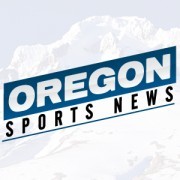
Related Slideshow: Oregon’s Most Devastating Sports Injuries
Here is GoLocalPDX's list of Oregon's most devastating injuries that have occured within the past 10 years.
Related Articles
- The Two 2015 Free Agents That Can Turn The Mariners (Back?) Into A Contender
- The State of the Farm System: The Seattle Mariners Organizational Depth
- What is the Price of One More Win for the Seattle Mariners?
- Where Did the Seattle Mariners Go Wrong?
- Will the Second Half Be Any Different for the Seattle Mariners?
- The Seattle Mariners Will Be Better Than You Think in 2016
- Designating A Spot in Cooperstown for Mariners’ Edgar Martinez
- Dealing with Grief & the 2015 Seattle Mariners
- How Robinson Cano Can Take Mariners To New Heights
- Seattle Mariners Games are Quick for a Reason
- The Seattle Mariners Right Field Platoon: Both Productive and Economical
- Could Jesus Montero be a Sleeper Contributor for the Seattle Mariners in 2015?

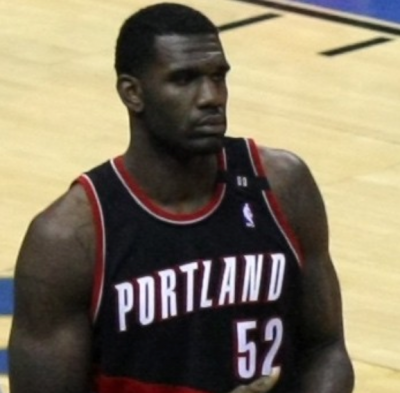
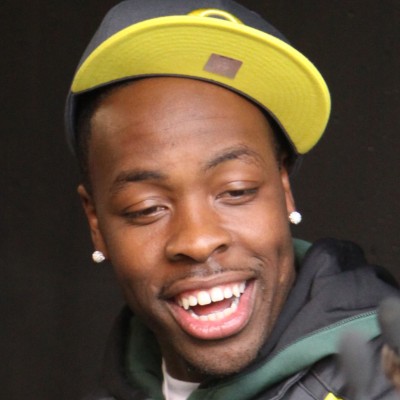
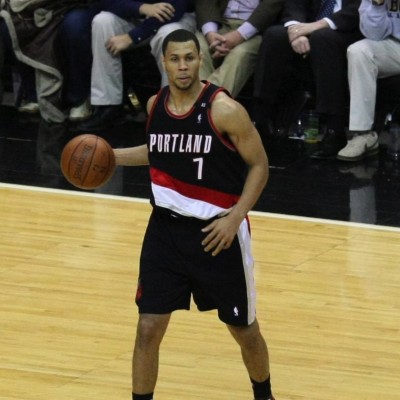
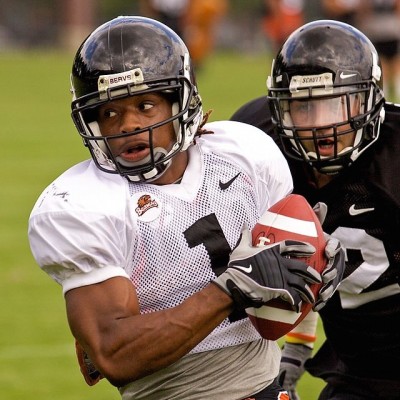
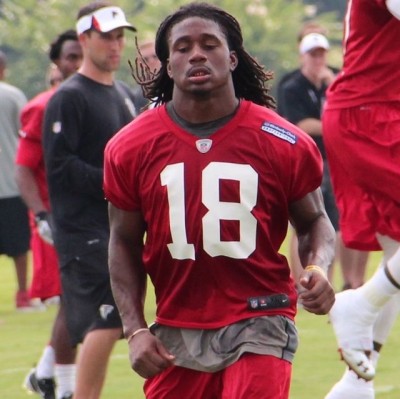
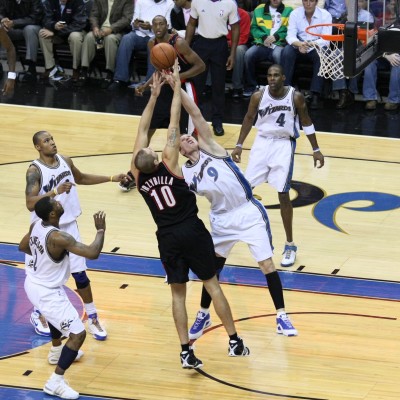
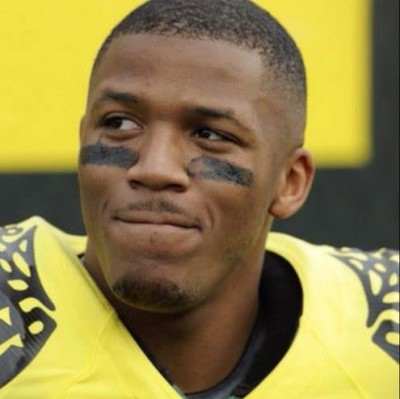
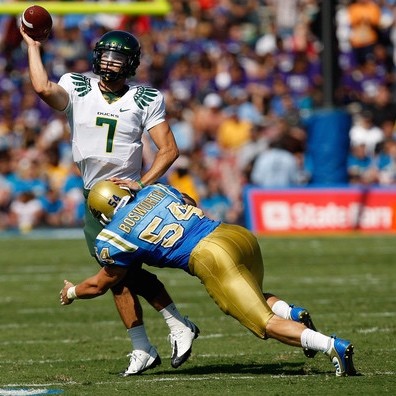
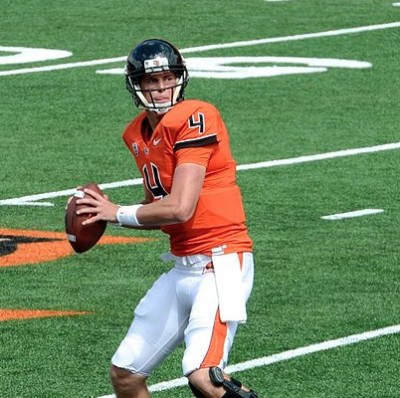
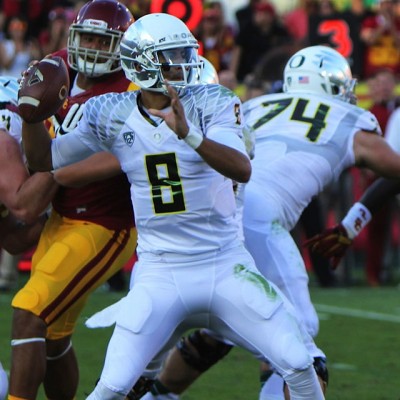
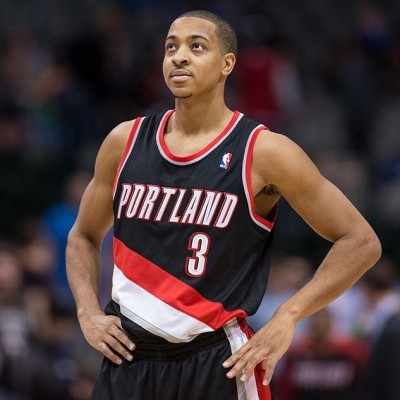
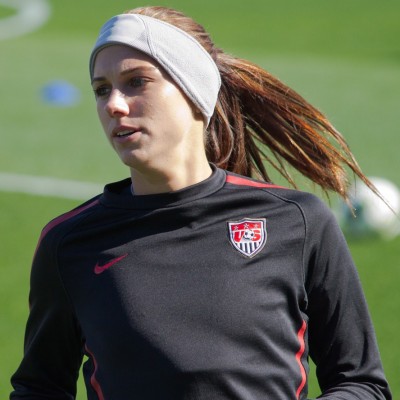
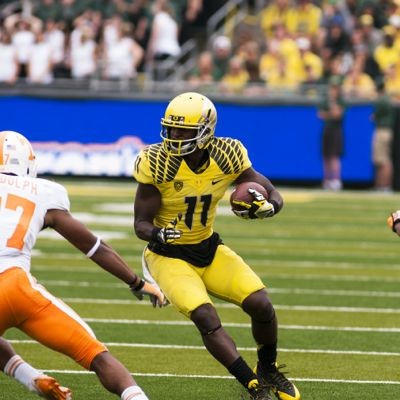
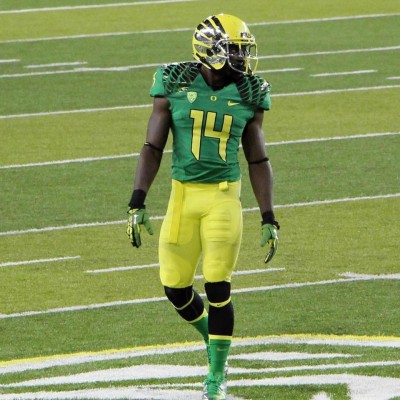
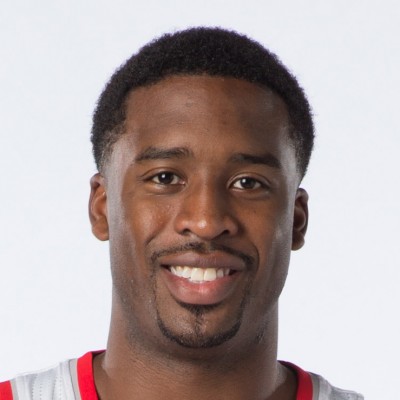


















Follow us on Pinterest Google + Facebook Twitter See It Read It